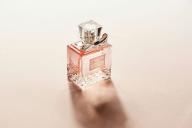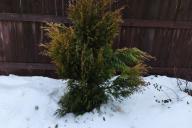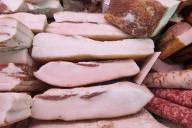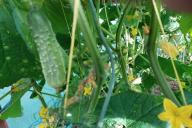Unexpected yellowing of coniferous trees on the site causes alarm among the owners.
The reason may lie in both natural factors and serious violations of care.
It is important to identify the problem in time and take measures to restore the plants to health.
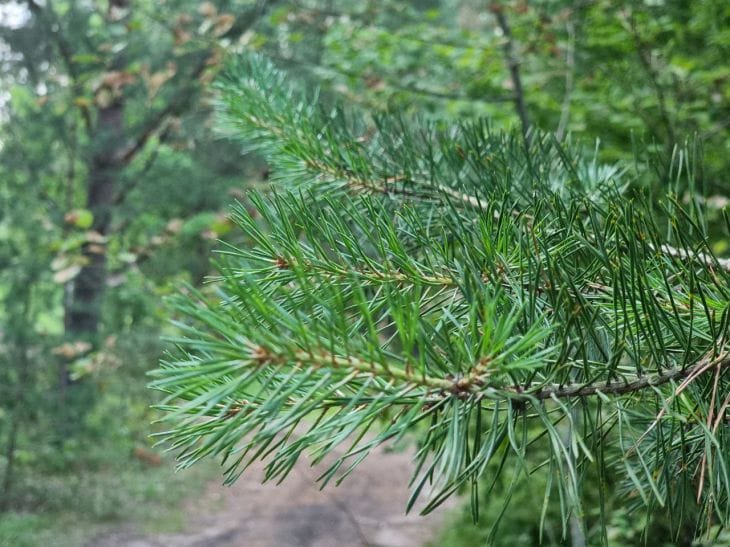
The main reasons for yellowing of needles
Problems with conifers can arise due to natural changes. For example, seasonal yellowing is observed in most trees in the fall.
This is how plants shed old needles, making room for new ones. If yellowing occurs in spring or summer, you should look for other factors.
Conifers often suffer from improper watering. Excess moisture leads to rotting of the root system, and its lack leads to dehydration of the tree. In both situations, the first signal is changes in the color of the needles.
Nutrient deficiencies
Yellowing of needles is often associated with a deficiency of microelements such as magnesium, iron or nitrogen.
If the plant does not receive enough nutrients, its needles begin to change color. This is especially noticeable in young trees, for which a balanced soil composition is important.
Changes in soil acidity also affect the condition of the needles. Conifers prefer slightly acidic soil. Excess alkali disrupts the roots' access to nutrients, which leads to yellowing.
Diseases and pests
Infectious diseases can cause changes in color. Fungal infections such as needle blight cause massive needle loss. Affected areas turn yellow or brown, and over time the tree may die.
Particular attention should be paid to insect pests. Hermes, spider mites and bark beetles suck the juices out of the tree, weakening its immunity. Damaged areas lose the ability to recover, which leads to yellowing.
Mistakes in planting and care
Incorrect placement of seedlings causes stress for plants. Lack of sunlight, strong winds or proximity to other plants weaken conifers. The needles turn yellow and growth slows down.
Watering also plays an important role. Stagnant water at the roots is often observed in areas with clay soil. The lack of drainage worsens the situation, creating ideal conditions for the development of fungal infections.
How to restore the health of conifers
First, it is necessary to conduct diagnostics. If the yellowing is caused by natural reasons, no additional intervention is required. The needles will renew themselves, and the tree will continue to grow.
If you find nutrient problems, have your soil tested. Fertilizers high in magnesium, iron, and potassium will help restore balance. Low-acid soils can be improved by adding peat or sulfur.
If the cause is infections, fungicides must be used. These preparations destroy fungi and prevent their further spread. Insecticides are suitable if there are pests. It is important to thoroughly treat the crown and trunk of the tree.
Preventive measures
The health of coniferous trees directly depends on the conditions in which they are kept. Regular care, including timely watering and fertilizing, reduces the risk of problems.
It is recommended to avoid excessive use of fertilizers. Excessive nutrients can have the opposite effect, leading to root diseases. Optimal distance between trees will ensure good air circulation, which prevents the development of fungi.
Particular attention should be paid to the winter period. Frosts and sudden temperature changes often damage the needles. Covering with special materials will protect young seedlings from adverse conditions.


